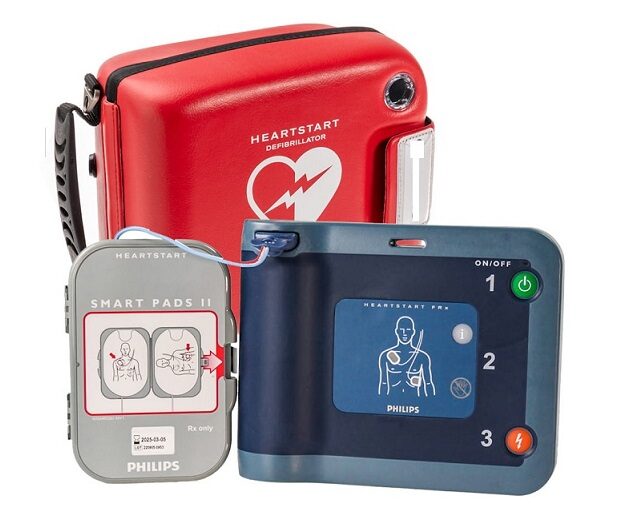Basic life support (BLS) training is a fundamental course designed to equip individuals with the essential skills and knowledge needed to respond effectively to cardiac arrest and other life-threatening emergencies. Basic life support (bls) training is a critical component of emergency medical care and is often a requirement for healthcare professionals, first responders, and individuals who want to be prepared to save lives. Here’s an outline of what Basic life support (BLS) training typically covers:

Basic Life Support (BLS) Training
1. Importance of BLS training:
2. Chain of Survival :
3. Assessing the Scene and Safety:
4. Checking for Responsiveness:
5. Activating Emergency Response :
6. Assessing Breathing and Pulse:
7. CPR Techniques :
8. Use of Automated External Defibrillator (AED) :
9. Rescue Breathing:
10. Choking Response :
11. Team Dynamics and Communication:
12. Special Situations :
13. Personal Protective Equipment (PPE) :
14. Legal and Ethical Considerations :
15. Post-Resuscitation Care :
16. Certification and Renewal :
Basic life support (bls) training emphasizes hands-on practice, scenarios, and simulations to ensure participants are well-prepared to respond confidently and effectively during emergencies. Participants who successfully complete basic life support (bls) training typically receive a certification that demonstrates their ability to perform high-quality basic life support interventions. It’s essential to ensure that basic life support (bls) training is delivered by certified instructors using reputable and up-to-date curriculum materials.

